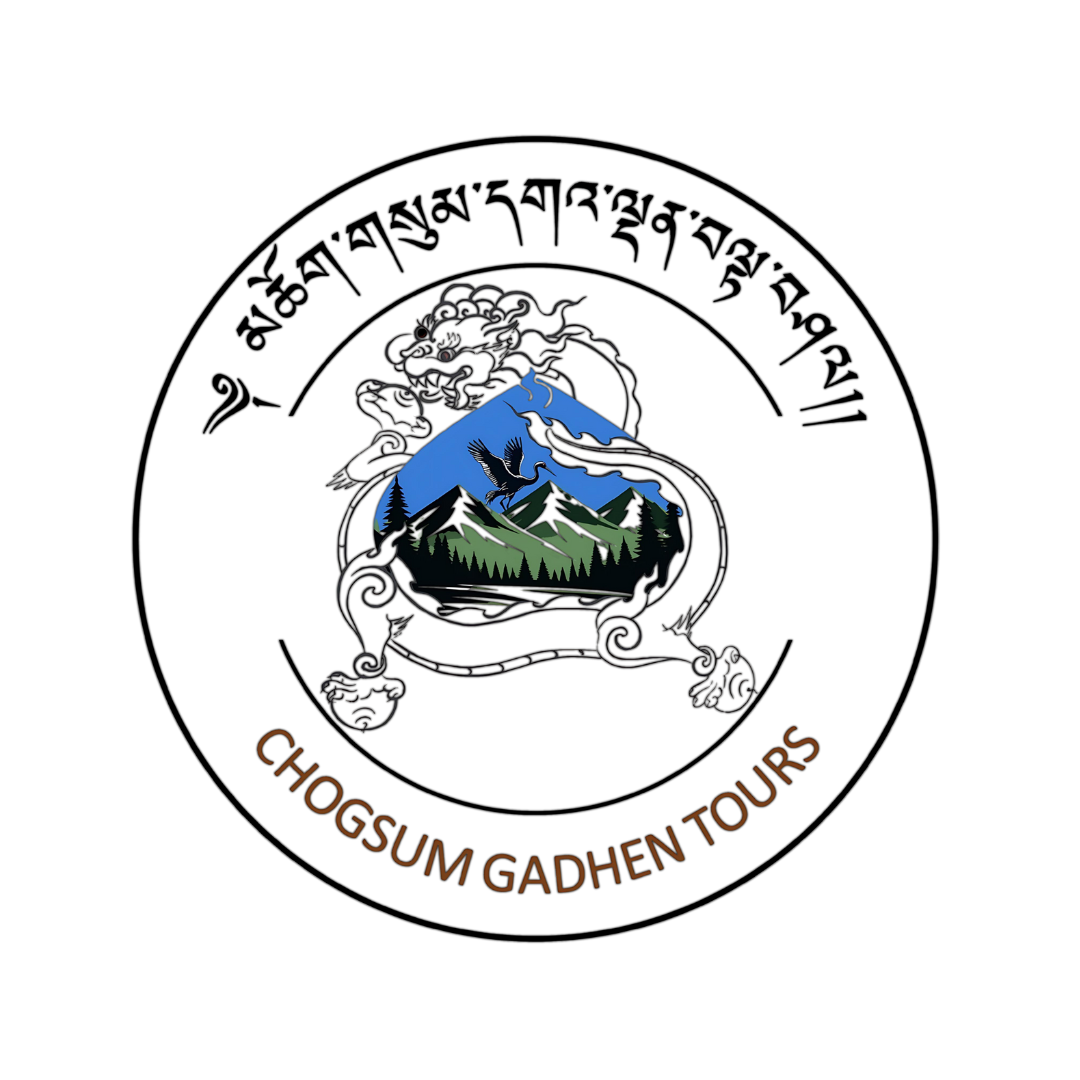Call Us:+975-17615031
Punakha Dzong in Bhutan
Punakha Dzong: The Palace of Great Happiness
Situated at the confluence of the Pho Chhu (Father River) and Mo Chhu (Mother River) rivers, Punakha Dzong is one of Bhutan’s most majestic and historically significant fortresses. Known as the “Palace of Great Happiness,” this splendid structure embodies the rich cultural heritage and spiritual essence of Bhutan.
Historical Significance
Punakha Dzong was constructed in 1637 by Zhabdrung Ngawang Namgyal, the unifier of Bhutan, following a prophetic vision that indicated the precise location for its establishment. The dzong served as the administrative center and the seat of the government until the capital was moved to Thimphu in the 1950s. It also continues to be the winter residence of the Je Khenpo (Chief Abbot) and the central monastic body.
Throughout its history, Punakha Dzong has been the site of numerous significant events, including the coronation of Bhutanese kings and the royal wedding ceremonies. It has also withstood several natural disasters, such as fires, floods, and earthquakes, yet has been meticulously restored each time, showcasing the resilience and dedication of the Bhutanese people.
Architectural Grandeur
Punakha Dzong is renowned for its impressive size and intricate design. Stretching across a length of 180 meters and a width of 72 meters, it is one of the largest dzongs in Bhutan. The fortress’s towering whitewashed walls, embellished with intricate woodwork and golden details, reflect the brilliance of Bhutanese craftsmanship.
The dzong’s layout is a perfect example of traditional Bhutanese architecture, featuring three courtyards: the southern courtyard houses the administrative offices, the middle courtyard serves as the monks’ living quarters, and the northern courtyard contains the temple and religious halls. The central utse, or tower, rises prominently, symbolizing the dzong’s spiritual and political significance.
The lush gardens and blooming jacaranda trees surrounding the dzong enhance its picturesque beauty, particularly in spring, making it a stunning sight to behold.
Cultural and Spiritual Significance
Punakha Dzong holds immense cultural and spiritual importance. It houses sacred relics, including the embalmed body of Zhabdrung Ngawang Namgyal. The dzong is also the setting for significant national events and annual festivals, such as the Punakha Drubchen and the Punakha Tshechu, which draw thousands of devotees and tourists.
The Punakha Drubchen festival commemorates the victory over Tibetan invaders in the 17th century, with vivid reenactments of historical battles, while the Punakha Tshechu is a religious festival featuring traditional mask dances, music, and rituals. These vibrant celebrations highlight the dzong’s role as a living center of Bhutanese culture and spirituality.
A Living Heritage
Today, Punakha Dzong continues to be a vibrant center of religious and administrative activities. Visitors to the dzong are often awestruck by its grandeur and the serene ambiance that pervades the complex. The tranquil setting, with the murmuring rivers and the majestic mountains in the backdrop, creates a profound sense of peace and reverence.
Walking through the ancient corridors and courtyards of Punakha Dzong, one can almost feel the echoes of Bhutan’s past and the enduring spirit of its people. It is a place where history, culture, and spirituality converge, offering a unique glimpse into the heart of Bhutanese identity.
Chimi Lhakhang: The Temple of Fertility and the Divine Madman
Perched on a hillock in the fertile Punakha Valley, Chimi Lhakhang is a unique and revered temple dedicated to Lama Drukpa Kunley, affectionately known as the “Divine Madman.” Renowned for its association with fertility, this temple attracts couples from around the world seeking blessings for children.
The Legend of Lama Drukpa Kunley
Lama Drukpa Kunley was a 15th-century Tibetan Buddhist saint known for his unconventional and eccentric ways of teaching Buddhism. His unorthodox methods, which often involved humor, song, and outrageous behavior, earned him the moniker “Divine Madman.” Despite his seemingly erratic behavior, Drukpa Kunley is revered for his deep wisdom and spiritual insight.
According to legend, Drukpa Kunley subdued a demoness of the Dochu La with his “flaming thunderbolt of wisdom,” a euphemism for his phallus, and built a chorten (stupa) on the site. He then proclaimed that a temple would be erected there in the future, which became Chimi Lhakhang.
A Symbol of Fertility
Chimi Lhakhang is widely known as the “Temple of Fertility.” Couples seeking to conceive come to the temple to receive blessings and participate in fertility rituals. The temple houses a wooden phallus, which is used to bless pilgrims and ensure fertility. This practice reflects the tantric traditions of Tibetan Buddhism, which embrace symbols of fertility and creation.
The temple’s courtyard is adorned with prayer flags, and the walls feature colorful frescoes depicting the life and exploits of Drukpa Kunley. The murals often include phallic symbols, which are considered to ward off evil spirits and bring good fortune.
Cultural and Spiritual Experience
Visiting Chimi Lhakhang is both a cultural and spiritual experience. The short hike to the temple takes visitors through scenic fields and quaint villages, offering a glimpse into rural Bhutanese life. The temple itself, with its serene surroundings and vibrant artwork, provides a peaceful retreat for reflection and prayer.
Inside the temple, monks perform rituals and offer blessings to visitors. The atmosphere is filled with the scent of incense and the sound of chanting, creating a sense of spiritual tranquility. Many couples who visit the temple return with stories of successful pregnancies, further enhancing the temple’s reputation as a place of miraculous blessings.
A Living Legacy
Chimi Lhakhang stands as a testament to the enduring legacy of Lama Drukpa Kunley and the rich spiritual traditions of Bhutan. It is a place where faith, legend, and tradition converge, offering a unique and profound experience for all who visit.
For those seeking blessings, spiritual solace, or simply a deeper understanding of Bhutanese culture, Chimi Lhakhang provides a memorable and enriching journey. The temple’s unique character and its association with the Divine Madman make it a cherished landmark in the spiritual landscape of Bhutan.



